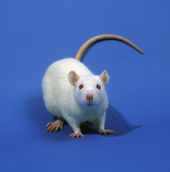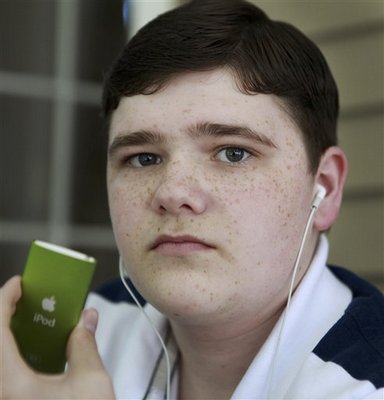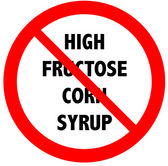
But he started coughing up mucus, and then gasping for air. His parents gave him an antihistamine, but it didn't stop the reaction. By the time the boy's parents brought him to their local hospital, he could barely breathe.
"His face was really swollen. He looked like an alien," said Ethan's father, Preston Wily of Lehi, Utah. "We didn't have any idea an allergy could be so bad."
He said the child had shown only a somewhat mild reaction to peanuts before this.
It seems like more and more children in the U.S. are developing food allergies, and there's data to back that up. The number of kids with food allergies went up 18 percent from 1997 to 2007, according to the U.S. Centers for Disease Control and Prevention. About 3 million children younger than 18 had a food or digestive allergy in 2007, the CDC said.
Scientists are still trying to figure out why food allergies seem to be on the rise, especially in industrialized countries such as the United States. Are children not getting exposed to enough bacteria? Should they eat common allergens such as nuts and shellfish at an earlier age?









Comment: With the continuing poisoning of the environment and food supply, is it any surprise that food allergy is sharply increasing? Check out our forum where we gather and discuss the best ways to protect our health from the onslaught of the environmental toxins.
Related articles:
Are Kids' ER Visits for Food Allergies on the Rise?
Gut Bacteria Reflect Dietary Differences
Food Allergies Get Curiouser and Curiouser
Cigarette Smoke Can Prevent Allergies, Study Suggests